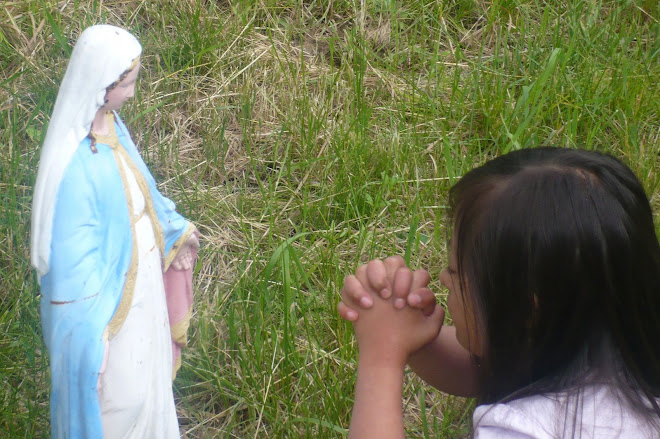 We went to Massachusetts Eye and Ear Infirmary in Boston yesterday for my semi annual checkup. After receiving wonderful news from the surgeon who treated my ocular melanoma, my daughter Gabbi took me to lunch at a Thai restaurant in Boston's elegant shopping district.
We went to Massachusetts Eye and Ear Infirmary in Boston yesterday for my semi annual checkup. After receiving wonderful news from the surgeon who treated my ocular melanoma, my daughter Gabbi took me to lunch at a Thai restaurant in Boston's elegant shopping district.We were surrounded by the artsy crowd from Berklee School of Music which was across the street. It reminded me of my college days in Manhattan, when I frequented the cafes of Greenwich Village. Only in those days, I cared about impressing that self-important crowd. Gabbi, a wise college senior, knows better. she just laughs at their pretensions and was shocked to see how much food they waste. Her mission work in Ecuador has given her a new perspective on our wasteful lifestyle in the West.
After lunch, we spent a few minutes at the feet of the King of the Universe at perpetual adoration at St Clement's Shrine. A dozen people of all ages and walks of life sat enveloped in prayer in that starkly beautiful, traditional brick church with a marvelous carving of angels around the Monstrance on the Altar. Traffic roared all around us but the absolute peace of being in the Real Presence was overwhelming. We soaked in grace like solar lamps, only to give it off later as we joined the Christmas shoppers on posh Newbury Street.
At first we thought we blended in, after all we dressed up to come to the city, but soon we discovered that we stood out of the crowd, and that Jesus might have something to do with it. Two people spontaneously remarked on how much we looked a like, one was an effusively charming man who was sweeping the street, and said to Gabbi, "Young lady, I can see where you get your beauty from, your mother." Another mother and daughter practically tapped Gabbi on the shoulder asking directions to the Prudential building. We were happy to be able to give them, pointing to the sky where the building towered over us. Gabbi remarked, "Mom, there were a dozen people at the corner, I think she chose us because we looked approachable, I think its because of Adoration!"
That was not all. We were looking at an expensive handbag we couldn't afford in Fossil, and the salesman gushed over our less than skinny figures. "Thank you ladies for having healthy figures, so many women come in here looking like sticks!!" How did that gentleman (on the skinny side himself), know he could give such an unusual compliment without being rebuffed?
It seems that when you immerse yourself in Jesus, even for a moment, you become irresistible to those who seek Him even if they do not know Him by name. It was a honor being His unwitting emissaries yesterday. May we always be mindful that we might be the only Gospel those people will ever read.













